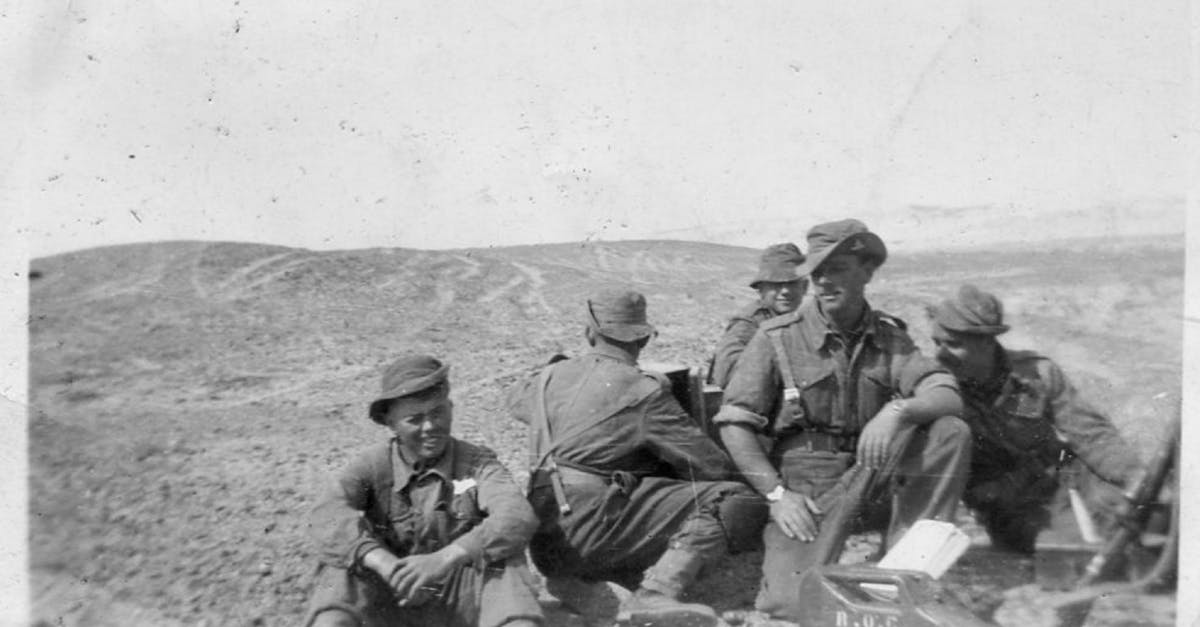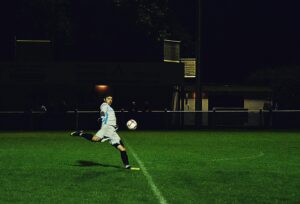World Cup Canceled by War: How War Disrupted the World Cup
The World Cup has brought nations together, but it hasn’t always been immune to the world’s darkest moments. Global conflicts have stopped tournaments, reshaped football, and left decades-long scars. Here’s some World Cup canceled by war and how war disrupted the World Cup—and the stories of the tournaments that never were.
World Cup Canceled by War
1. 1942 World Cup – Canceled Due to WWII
Originally set to happen somewhere between Europe and South America, the 1942 tournament was scrapped entirely because of World War II’s global devastation.
2. 1946 World Cup – Also Canceled Post-War
Though WWII ended in 1945, the world was too fractured and war-torn to host a World Cup. FIFA officially canceled the 1946 tournament.
3. Plans for Germany or Brazil to Host in 1942
Germany and Brazil were rumored as potential hosts, but these plans dissolved as the war escalated in the late 1930s.
4. Players Lost to the War
Many star players—like Italy’s Valentino Mazzola—either died, saw careers cut short, or missed prime years due to military service or conflict at home.
5. 1938 Final: A Pre-War Shadow
The 1938 final in Paris—Italy’s second win—was played under dark clouds of rising tension, with many nations already on the brink of WWII.
6. Impact on FIFA’s Stability
The war nearly bankrupted FIFA. Plans for resuming tournaments required huge diplomatic efforts and financial support after 1945.

7. The Rebirth: Brazil 1950
The 1950 World Cup was the first after WWII, but some countries—like Germany and Japan—were banned, and others withdrew over lingering tensions.
8. Geopolitical Exclusions
Post-war, certain nations were not invited or allowed to participate due to occupation or political status, affecting the competitive landscape of early post-war tournaments.
9. Infrastructure Destruction
Stadiums, transportation, and cities in Europe lay in ruins, making hosting impossible until significant rebuilding occurred in the late 1940s.
10. WWII’s Impact on South American Football
Though not directly involved in battles, travel restrictions and global instability isolated South American teams, halting intercontinental football exchanges.
11. The “Phantom World Cup” of 1942
Urban legends claim a secret South American tournament took place in Patagonia in 1942—though it remains unproven and more myth than fact.
12. Players Who Fought and Returned
Several players, like England’s Stan Mortensen, served in the war and came back to compete in post-war World Cups, adding heroism to football history.
13. Long-Term Scheduling Changes
The gap between 1938 and 1950 altered FIFA’s calendar and shaped the modern four-year cycle, with the next World Cup after 1938 only held 12 years later.
14. Loss of Generations
Countries lost entire football generations who might have dominated global tournaments, changing the sport’s historical trajectory.
15. A Symbol of Peace Rebuilt
Since 1950, the World Cup has been a stage where nations strive to unite, recognizing the tournaments that never were as somber reminders of football’s vulnerability to war.
World Cup Canceled by War: The Tournaments That Never Were
War left an indelible mark on football, proving that even the world’s most popular sport is not immune to humanity’s darkest chapters. Remembering these canceled and disrupted tournaments highlights the value of peace—and the importance of every World Cup held since.

